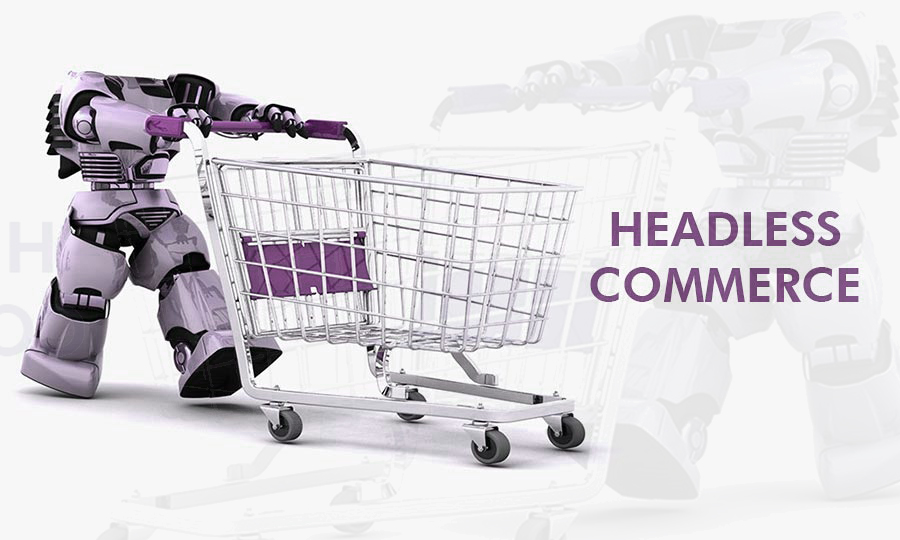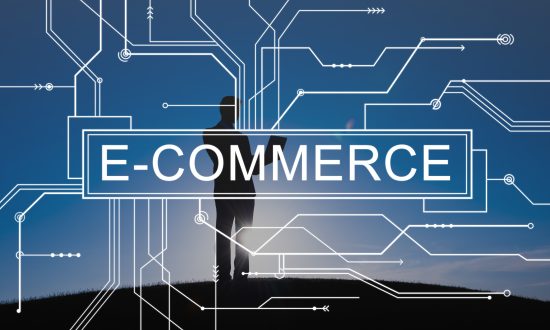Modern eCommerce enterprises require tools to help them bloom. However, the plethora of choices can…
Headless Commerce enables you to display a back-end product catalog without the layout constraints of a traditional eCommerce platform. The approach lets you take complete power over the aesthetics and presentation of your products.
In such a situation, developers decouple the front-end (or “head”) theme or template from back-end data. Consequently, front-end developers are open to custom product category, detail, and checkout pages without established limitations of the eCommerce template.
Why It’s Helpful?
There are three principal variations between traditional and headless commerce:
- Front-end development prospects
- Customization and personalization
- Flexibility and versatility
Headless commerce doesn’t restrain the horizon of front-end development. With headless, you’ll need to create front-end presentations from scrape. The headless solution enables you to build your background for both users and admins, which optimizes customization and personalization.
Headless solutions also let firms to harvest the advantages of various kinds of website functionality under one whole website. For instance, blog content on platforms like WordPress or HubSpot could coincide with the data of products of different eCommerce sources.
The platforms of traditional eCommerce often have limited flexibility and customizability as opposed to other CMS options. On many occasions, detachment from limited front-end enables businesses to design solutions that truly fit their marketing and eCommerce requirements.
Who Is A Suitable Match for Headless Commerce?
The Content Marketer
Headless commerce is a perfect solution for eCommerce businesses, dedicating significant energy to content marketing and branding.
The functionality of eCommerce blogging can be disappointing, and various businesses need a separate blogging platform. Headless commerce lets the brands place their store and blog beneath one roof to integrate better and credit value to their content.
The Customizer
Headless commerce offers practically endless design customization. Therefore, businesses that demand unique and unorthodox eCommerce template designs are ideal candidates for headless commerce.
Headless solutions disjoin the front-end and back-end data, which allows designers and front-end developers’ have complete charge over the aesthetics of your store. Consequently, you can create original and customized product detail, category, and checkout pages that drive behind the limitations of conventional eCommerce templates.
The B2B Geeks
We’ve noticed numerous B2B eCommerce businesses benefit from headless due to the reason that it allows them to integrate with CRM systems fully. For instance, companies employing HubSpot CRM and CMS for eCommerce can centralize their sales efforts and marketing with a single platform.
Furthermore, many B2B eCommerce businesses don’t want the complete eCommerce functionality that’s generally present in eCommerce templates. Consequently, headless commerce enables them to promote products, descriptions, and more without requiring direct marketing through an eCommerce system.
What Platforms Can You Use?
To own a successful and productive headless business site, you will require both an eCommerce platform and a front-end CMS platform. WooCommerce is one of the most extensively used platforms for headless solutions in the present scenario.
BigCommerce is another fit for expanding businesses that process more sales or manage larger catalogs of products. Lately, BigCommerce released a WordPress integration that makes the link even effortless. Also, HubSpot and BigCommerce integrations produce nearly similar functionality.
That said, Magento is another one of the best known open-source eCommerce platforms, that too for a good reason. It has more features than you have ever expected to use opening all kinds of avenues regarding marketing to the customers and creating things such as recurring payments, membership plans, and discounts.
Additional Considerations
Once you choose to engage in a headless commerce solution, it’s essential to consider some of the chief elements of your website design.
Firstly, don’t forget that your eCommerce platform will manage product listings. So, ensure that your product listings are well organized and up to date. Also, make sure that the descriptions in your eCommerce platform (or PIM) are ready to be facing the consumer.
Secondly, ensure to offer a secure checkout experience to make your customers feel safe and protected carrying the business through your site. The practice will also build the trust of customers in your brand.
Lastly, cart experience is the most crucial make or break portion of eCommerce. A smooth checkout is vital for your customer to make a purchase.
If your checkout process is time-consuming or confusing, your customer will possibly abandon their carts and leave your site. View your customer as they operate your site, and make everything as simplistic and effective as possible.
In general, headless commerce is a promising area cropping up in the eCommerce space that’s ripe for technological innovation.
Read our blogs to know more about eCommerce. Also, feel free to reach us, and we’d be delighted to help you!








Leave a Reply